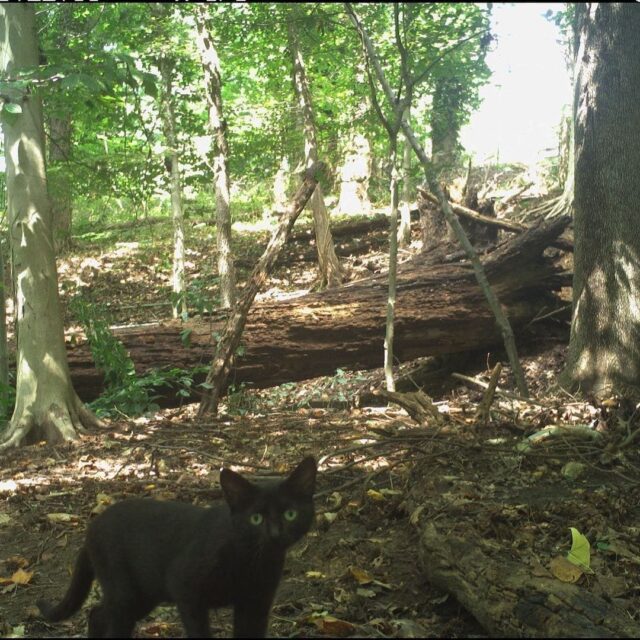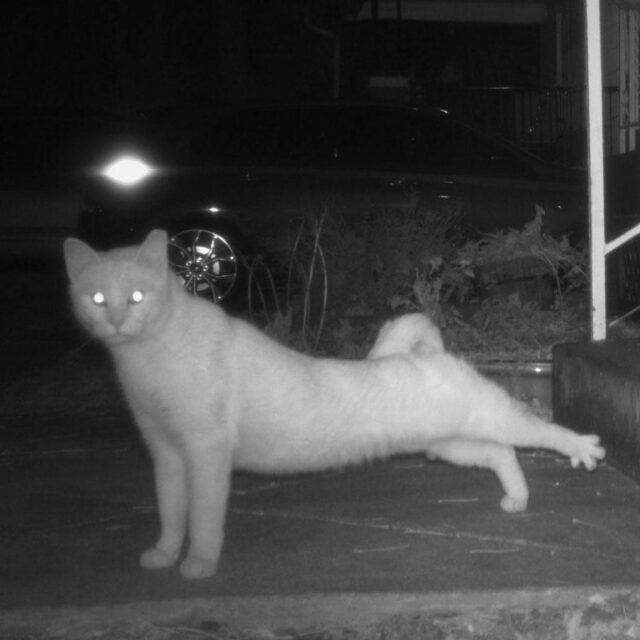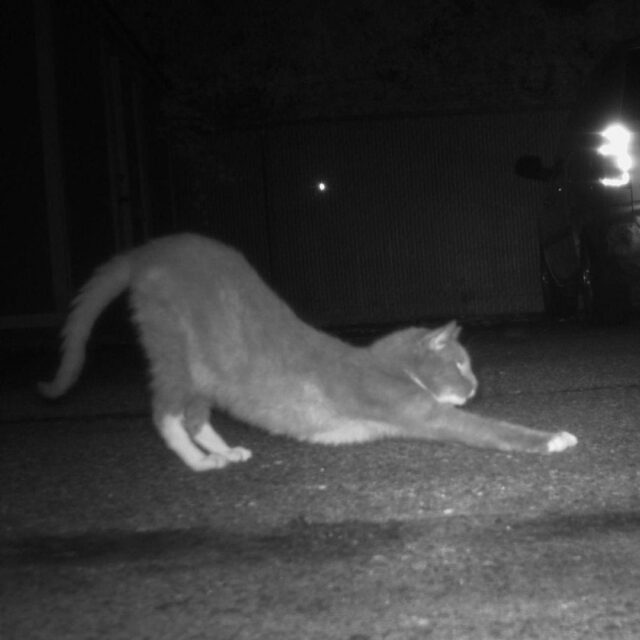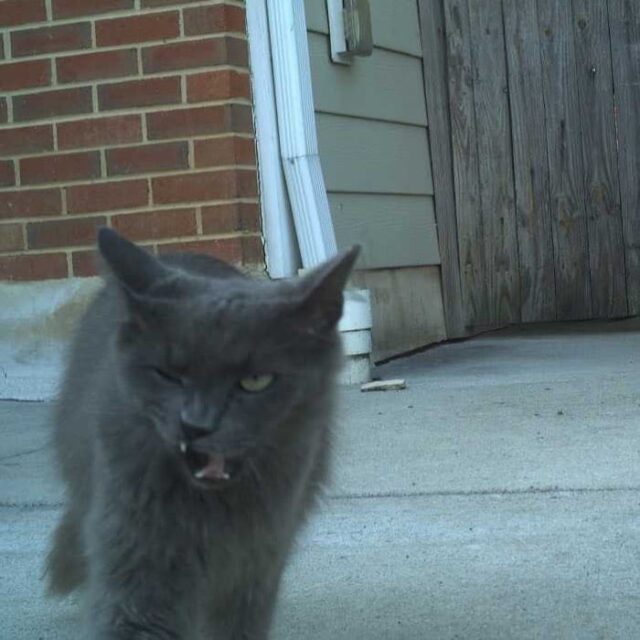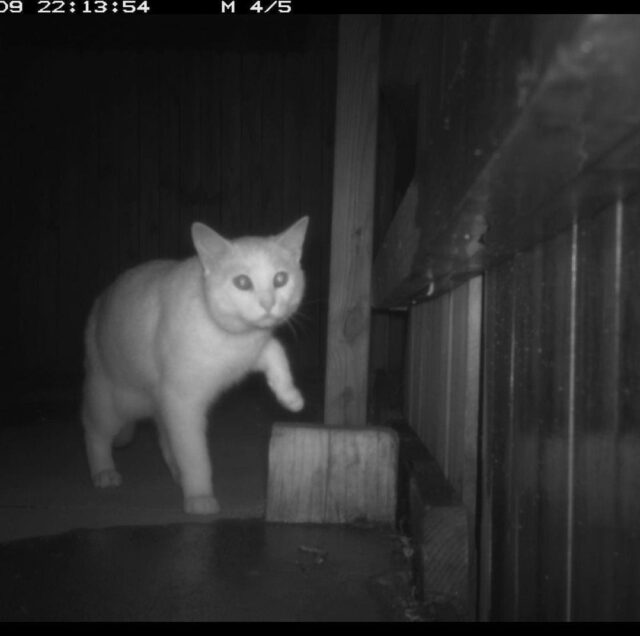Ever read the book Millions of Cats by Wanda Gág?
If not, it’s a children’s book written in 1928 that tells the story of an elderly couple and their want for a cat. The husband can’t choose just one cat and soon it’s “Cats here, cats there, Cats and kittens everywhere. Hundreds of cats, thousands of cats, Millions and billions and trillions of cats…”
This might be how the researchers behind the DC Cat Count are feeling right about now!
For three years, they’ve been counting the cats of Washington DC through photos taken from camera traps placed around the city. It’s no small task either as the cat counters have about 6 million photos of animals to sort through. Among them are thousands of cat pictures and each individual cat gets counted.
Bill McShea, a wildlife ecologist with the Smithsonian Conservation Biology Institute working on the project, said, “I wish somebody would give me a computer that could match up these cat photos. But right now it’s all human eyes.”
But why are McShea and his team of human eyes counting all the cats in DC?
Counting Cats
With this census of cats, the DC Cat Count aims to create “logistically feasible and scientifically sound tools and protocols that can be used by a wide variety of animal welfare or municipal organizations to facilitate data-driven cat population management.”
With this kind of data, shelters and Trap-Neuter-Release groups can better anticipate the needs of stray and feral cats. When it comes to TNR impact, Lauren Lipsey, with Humane Rescue Alliance, explained the population control of a feral cat colony is visible to the caregivers of that colony, but regarding the number of cats in the city, “without knowing a baseline population estimate, we don’t have a sense of the impact on the overall population.”
Knowing this baseline population will help TNR programs reach more needy cats in their spay and neuter missions.
How to Count Cats
Just how did McShea and his team go about capturing cat data? As they would in national parks and wildlife refuges, the team set up trap cameras in strategic locations aimed to cover as much area as possible. In DC, they placed trap cameras in 1,530 locations for 15 days. From the total 22,950 days of observation, roughly 20% of the animal life photographed were cats.
Cameras even captured one very large stray cat! TNR groups probably don’t want to mess with this bobcat though…
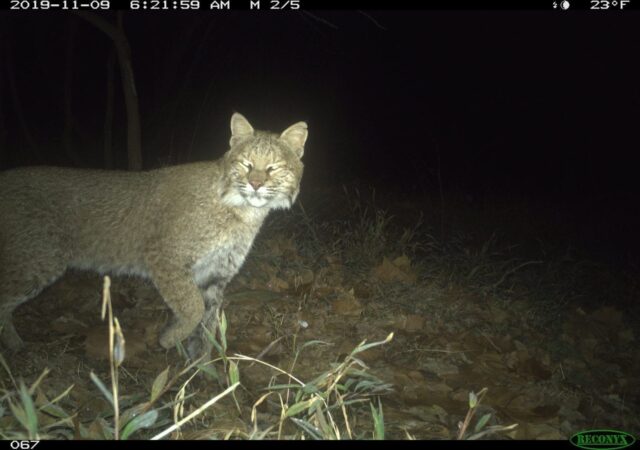
Image Courtesy of DC Cat Count
According to DC Cat Count, the trap camera data will be combined with information from household surveys, shelter intake/outflow numbers, and feral colony inventories to complete a count that’s as accurate as can be captured when it comes to the feline population. Researchers anticipate the cat counting will be completed by the summer of 2021.
To follow the DC Cat Count project, visit Instagram and Twitter.
H/T: www.dcist.com
Feature Image: @dccatcount/Instagram

